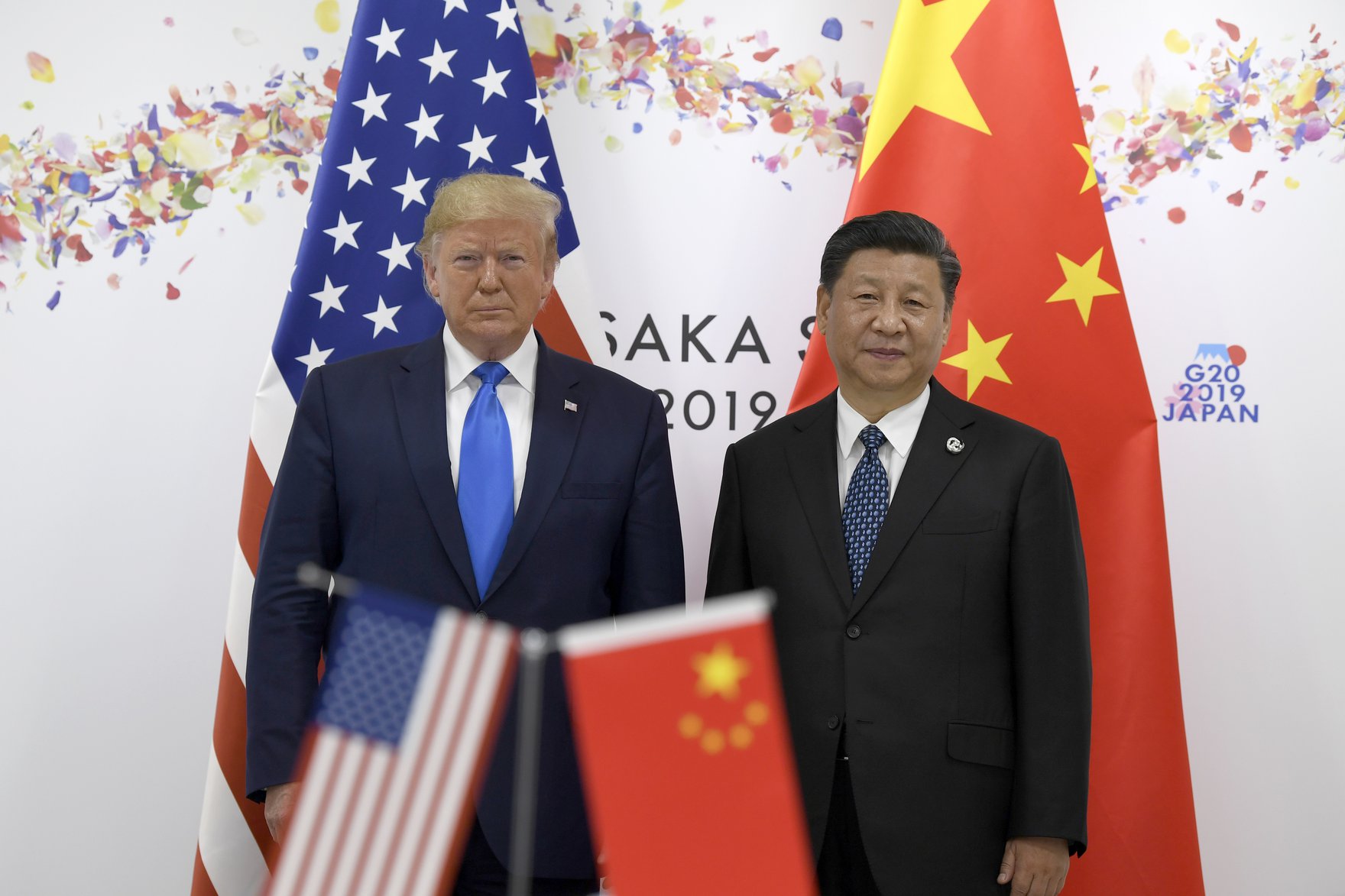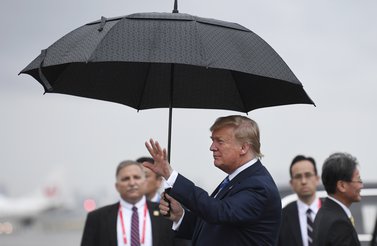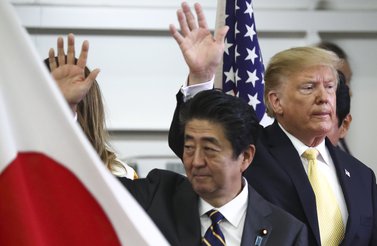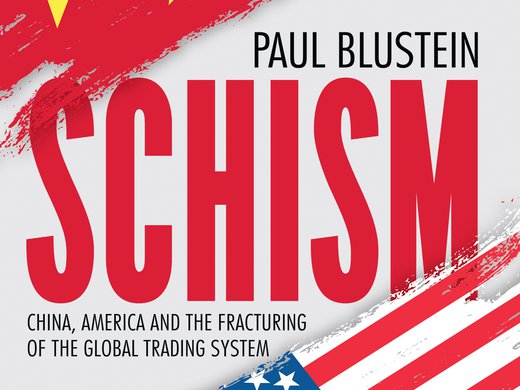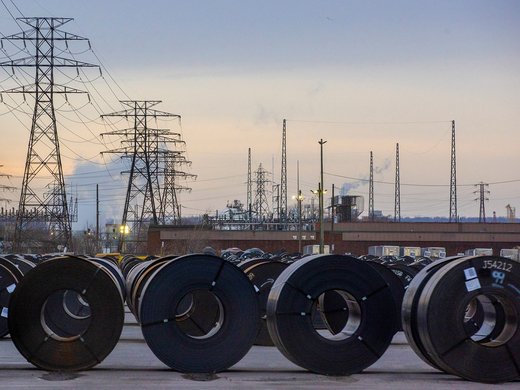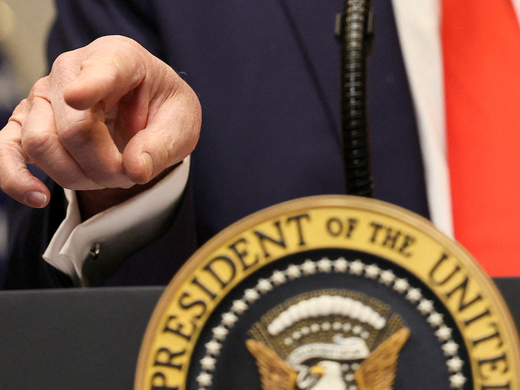Shortly after lunch on Saturday, June 29, journalists in the cavernous media centre at the Group of Twenty (G20) summit in Osaka, Japan, rushed to transmit bulletins as news emerged from the just-ended meeting between Chinese President Xi Jinping and US President Donald Trump. Among the phrases used in headlines and articles to describe the latest development in the US-China trade war were “another truce,” “impasse broken” and “talks back on track.”
The urgency to convey this information was understandable. Had the Trump-Xi meeting ended in discord, economic relations between Washington and Beijing would likely have degenerated into full-scale hostilities, with potentially catastrophic implications for financial markets and the global economy. Instead, the two leaders agreed to refrain from imposing new or higher tariffs on each other’s goods while they resumed negotiations that had fallen apart in early May. And in a post-meeting press conference, Trump strongly suggested that he was ready to offer a major concession by rolling back US sanctions against Chinese telecommunications giant Huawei.
While disaster has been averted, it is crucial to keep a sense of perspective about what was — and was not — accomplished in Osaka. The outcome was obviously preferable to a worsening of Sino-US relations, but the Trump-Xi pact leaves immensely complicated issues to be resolved regarding the vast economic disparities and profound mutual distrust dividing the world’s two largest economies. Equally as important, the G20 summit proved useless in remedying the incalculable harm the Trump administration has already inflicted on the rules-based trading system that has governed international commerce since World War II.
The word “truce” may appear to be good shorthand for Saturday’s accord, but it’s an overstatement. Rather than suspending the trade war that he initiated against China in mid-2018, Trump promised only to withdraw — for now, at least — his threat to impose punitive tariffs on more than $300 billion of Chinese imports. The stiff duties that he slapped on some $250 billion of Chinese imports last summer and fall remain in place, as do the retaliatory tariffs that Beijing imposed on US goods.
To understand what happened in Osaka, it’s useful to recall that as recently as early May both China and the United States were proclaiming that they were very close to a major trade pact. At least, that was the story, until talks collapsed amid mutual accusations of bad faith. In a sense, they have now agreed that negotiations should pick up where they left off before the big bust-up.
In mid-May, after the breakdown in talks, the US administration put Huawei on a blacklist that would, in effect, ban the company from buying highly advanced semiconductors and software — both of which it needs for making its phones and building telecom networks — from US suppliers. That move infuriated Beijing. But on Saturday, Trump took a significant step toward mending that rift, saying that “US companies can sell their equipment to Huawei”— the prospect of losing tens of billions of dollars in sales evidently pains him.
Trump stopped short, however, of declaring a full reversal of the blacklisting. It remains to be seen what will develop on this front; the president is certain to draw a firestorm of criticism in Washington for softening his administration’s position on what is ostensibly a national security issue. Many fear that Huawei’s mobile phones and telecommunications equipment are potential conduits for espionage.
Suppose, then, that the most optimistic scenario unfolds: US and Chinese trade negotiators hammer out a deal in coming months on terms similar to those they were discussing in early May, and the two sides reach some mutually satisfactory accommodation regarding Huawei. Such a pact would surely alleviate strains between Washington and Beijing, and it would presumably entail substantial market-based reforms of the Chinese economy, including the lowering of import barriers and the easing of requirements for foreign firms to form joint ventures with Chinese companies. But even this outcome would fall well short of permanently resolving their differences.
China’s political and economic system — in which the ruling Communist Party effectively operates in the dark, and uses subsidies and regulations for the benefit of Chinese “national champions”— isn’t about to change in fundamental ways. Nor is the US political establishment about to alter its conclusion that China is America’s most formidable strategic rival. With Cold War-like antagonism and suspicion on the rise, Washington and Beijing are contriving to minimize dependence on each other for key technologies. An economic schism between the two countries will remain a clear and present danger, and conflict between China and its trading partners will be ongoing.
The Trump administration’s attitude toward the World Trade Organization (WTO) — the institution that keeps trade operating by principles rather than the law of the jungle — is all the more dispiriting. The Trump team has blatantly violated WTO rules with its strategy of bludgeoning China and other nations by imposing tariffs on little more than its own say-so. Moreover, US trade officials have effectively paralyzed the WTO’s system for settling disputes by blocking the appointment of any new members for the Appellate Body, the WTO’s equivalent of the Supreme Court.
In a world of ideal global governance, the G20 would respond forcefully to both China’s problematic trade policies and US bullying. In the real world, economic and military superpowers do not suffer such affronts. The communiqué issued by G20 leaders on June 29 included bland language pledging to realize “a free, fair, non-discriminatory, transparent, predictable and stable trade and investment environment.” The summit host, Japanese Prime Minister Shinzo Abe, lamented that “there are concerns that the postwar free trade system may be wobbling.” The meekness of those words spoke volumes.
